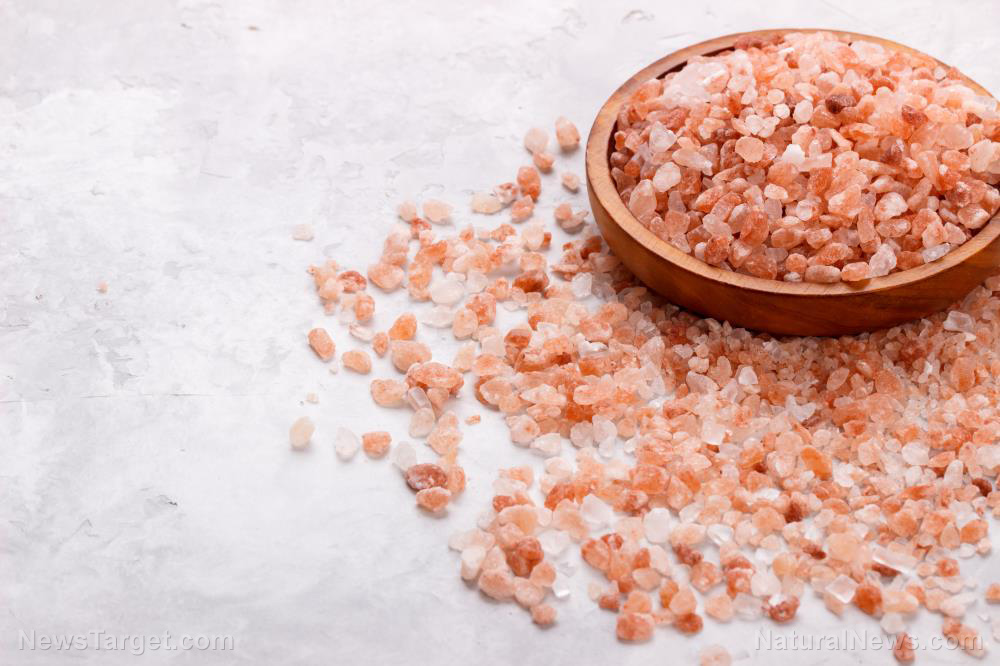Survival essentials: 7 Items you need in your trauma first aid kit

(Natural News) With the recent rise in violent criminal activity, it is more important than ever before to keep a first aid kit on hand at all times. If you’re planning on building your own kit, take note of the seven items that make up the foundation of an adequate first aid kit. (h/t to SurvivalSchool.us)
First aid for traumatic injuries
First aid often falls into two categories: general first aid kit and trauma first aid. The former is meant to treat scrapes, scratches and other minor wounds, while the latter deals with common life-threatening injuries, such as those from burns, lacerations and blunt force.
The following is a list of items that a first aid kit for traumatic injuries should contain:
1. Tourniquet
Traumatic injuries can often result in severe bleeding. Applying a tourniquet can stop severe bleeding if administered properly. This first aid skill requires certified training through medical organizations such as the Red Cross.
Improper application of a tourniquet can cause further injury, permanent loss of a limb or even death under extreme circumstances.
2. Cutting device
Cutting is an essential task in first aid, especially when dealing with traumatic injury – you might need to cut a piece of clothing away from a serious wound or cut a piece of bandage. Therefore, any first aid kit should have a cutting tool, such as a pair of medical shears or scissors or a multitool small enough to fit into most first aid pouches.
3. Disposable medical gloves
Medical gloves are worn by first responders for their protection as well as that of the patient. The gloves reduce the risk of germs transferring from the hands of the person rendering aid to the victim’s open wounds. They also reduce the risk of exposure of the person rendering aid from any blood-borne pathogens that the victim may have.
4. Self-adhesive bandage wrap
A self-adhesive bandage wrap has various emergency medical applications. These include making pressure bandages and wrapping cuts with gauze, as well as making and securing slings.
Self-adhesive bandage wraps do not make use of glue-type adhesives, so they work well in arid environments.
5. Hemostatic gauze
Hemostatic gauze is a recent development in the medical field. The clotting agent, kaolin, helps thicken blood, which effectively stops the bleeding on deep cuts, gashes and puncture wounds, where applying a tourniquet is not necessary.
6. Disposable medical face mask
Just as medical gloves reduce the risk of transferring and absorbing germs through the hands, medical face masks reduce the risk of breathing out germs into the open wounds of a patient or inhaling them if the patient has an illness.
Some medical masks have a clear plastic shield attached to prevent blood-borne pathogens from entering the body through the eyes. When building your own first aid kit, make sure to include disposable medical face masks.
7. Israeli compression bandage
A first aid kit is not complete without bandages. When dealing with traumatic injuries, knowing how to apply a pressure bandage efficiently to stop severe bleeding is a critical task to master. For this purpose, an Israeli compression bandage is the best option to include in your first aid kit.
While basic first aid for minor injuries can be learned at home through online tutorials, administering medical aid for traumatic injuries requires training from a reputable organization. Once you have finished training, you can build your own first aid kit and keep it handy and ready for use. (Related: Why you need a first aid kit and trauma kit for various medical emergencies.)
Learn how to build your own first aid kit with tips from EmergencyMedicine.news.
Sources include:



